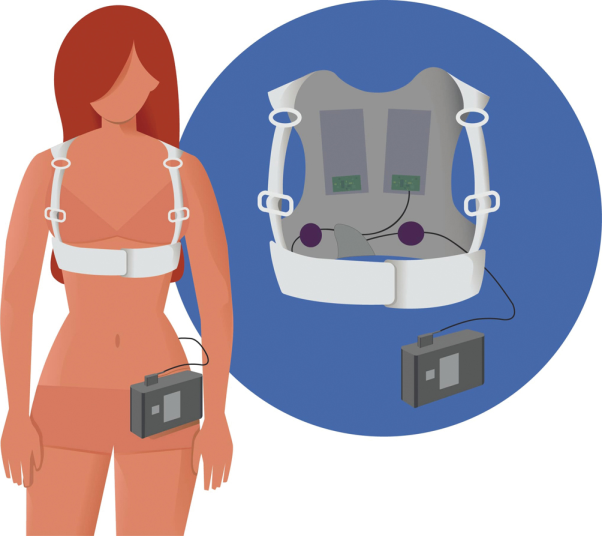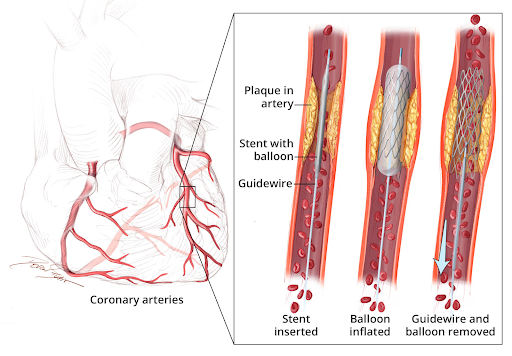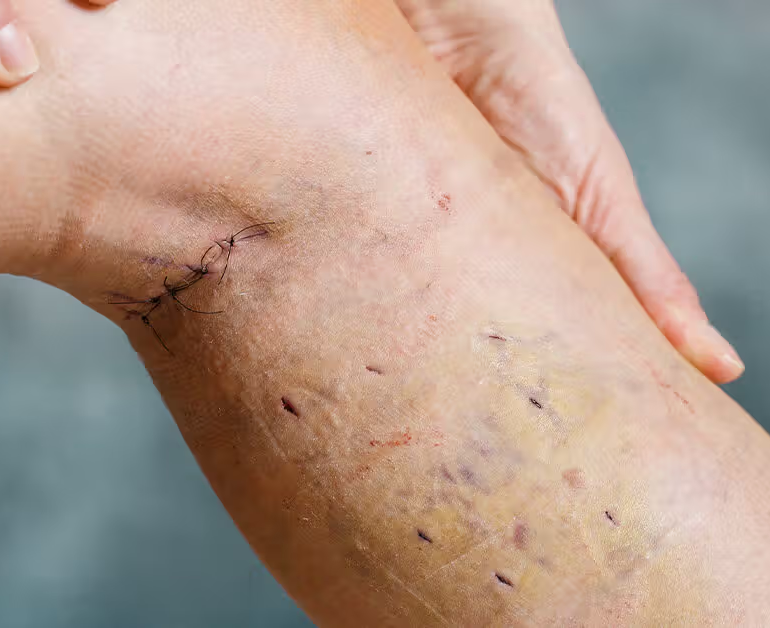The wearable cardioverter-defibrillator (WCD) is an external device designed for the automatic detection and defibrillation of ventricular tachycardia (VT) or ventricular fibrillation (VF). It serves as a temporary alternative to an implantable cardioverter-defibrillator (ICD) when the need for an ICD is temporary or its implantation must be deferred, thereby aiding in the prevention of sudden cardiac death (SCD).
Device Functions
The WCD not only delivers therapeutic shocks for life-threatening ventricular arrhythmias but also stores data on arrhythmias, patient compliance, and device functionality. This data can be reviewed by clinicians once it is transmitted to the manufacturer’s network.Efficacy
When worn correctly, the WCD is as effective as an ICD in terminating VT and VF, with successful shocks in nearly 100 percent of cases. Additionally, the rate of inappropriate shocks from the WCD is comparable to, and sometimes lower than, those reported for ICDs.Indications
The WCD is recommended as a temporary therapy for patients at high risk for SCD under specific conditions:- Early Post-MI Patients with LV Dysfunction: For patients with left ventricular ejection fraction (LVEF) ≤35 percent less than 40 days post-myocardial infarction (MI), especially those with NYHA functional class II or III or LVEF 30 percent and NYHA class I, the WCD is discussed as a potential benefit. Reassessment of LVEF should occur one to three months post-MI. If LVEF remains ≤35 percent despite appropriate therapy, ICD implantation should be considered.
- Post-CABG Patients with LV Dysfunction: For patients with LVEF ≤35 percent who have undergone coronary artery bypass graft (CABG) surgery within the past three months, the WCD is offered to highly motivated patients for SCD prevention. LVEF should be reassessed three months post-CABG. If sustained ventricular tachyarrhythmia occurs or LVEF remains ≤35 percent, ICD implantation is indicated.
- Reversible Cardiomyopathy: In patients with severe but potentially reversible cardiomyopathy, such as that associated with tachycardia or myocarditis, the WCD may be useful in preventing SCD from ventricular arrhythmias while awaiting improvement in LV function, ICD implantation, or cardiac transplantation.
- Heart Failure Awaiting Transplantation: Patients with severe heart failure awaiting heart transplantation, who are at high risk for SCD, may benefit from a WCD as a noninvasive alternative, especially if the waiting time for a transplant is short and an ICD is not already present.
- Delayed ICD Implantation: Some patients may require a delay in ICD implantation due to comorbid conditions such as infection, recovery from surgery, or lack of vascular access. Others may need to have an ICD removed due to infection. In these cases, the WCD provides protection against ventricular tachyarrhythmias until an ICD can be implanted or reimplanted.




